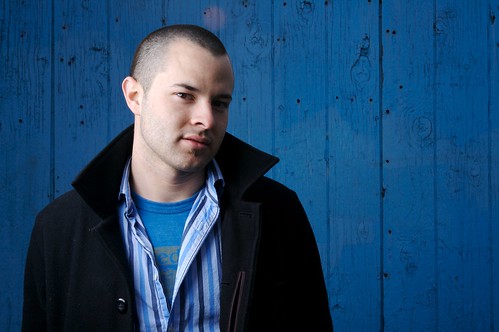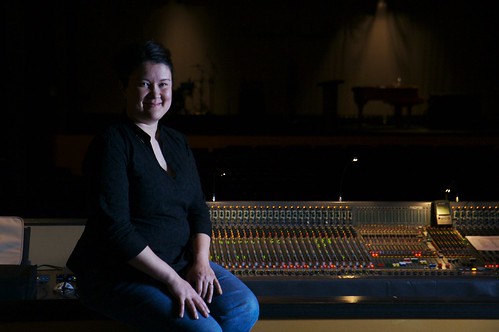Last week while I was in San Francisco, I sat down for an hour with David Wadhwani, the VP of product development for Flex and Ely Greenfield, one of the Flex architects. After I wrote my original post about open sourcing Flash, I got a note from David asking if I would be willing to spend some time to help him understand the issues that I raised in that post and its follow ons. This afternoon David called to tell me that Adobe was announcing that it was open sourcing Flex v3. I was especially happy when he said that my posts and our conversation had an impact on his thinking about open source and Flex. There is a press release with the announcement as well as a FAQ on the basics.
The Basics
The basics of the announcement are that Adobe will open source Flex v3, due later this year, under the Mozilla Public License (MPL), which is sensible given that they have already open sourced their Tamarin Javascript engine via Mozilla. Before that happens, Adobe will make daily builds of Flex available (the source is already available, but daily builds gives better visibility). Also, they will open their bug tracker to the public in preparation for the open source version of Flex.
Adobe is taking a slow approach on governance. Unsurprisingly, the initial set of committers will be folks from Adobe, and the governance model is underspecified. Right now, the FAQ says that the schedule and roadmap for Flex will continue to be defined by Adobe. There are stated plans to create a subproject process and subprojects could be managed by people outside Adobe, and incorporated into the Flex tree. The full governance model is not yet determined, and will be influenced by feedback and what actually happens between now and the end of 2007, which is the target for the transition to being a full open source project.
I think that there are likely to be some concerns around use of the Flex trademark. Unlike Java, where (in theory anyway) an open source Java could pass a compatibility test suite and gain access to the trademark, the open source version of Flex cannot be called Flex. It remains to be seen whether this will actually impact participation in the project.
Flex, but Not Flash
This is a good first step for Adobe, but it’s just the first step. The Flash player is not being open sourced at this time, but when I talked with David he told me that that Adobe had been telegraphing the fact that they were going to open source Flex for about 20 months, since the opening of Adobe Labs. When I asked him about the Flash player, he said that open sourcing Flex should be viewed as a telegraphing of Adobe’s intentions. Of course, there’s a big difference between intentions and actual followthrough, so we’ll have to wait and see how the Flex project ends up working out.
Bottom Line
Adobe is moving pretty quickly. When I met with David a week and a half ago, I got the impression that he and Ely had decided that they wanted to open source Flex, but hadn’t cleared it with his management chain. A week and a half later, they are making an announcement. As I’ve mentioned, this is just a first step for Adobe, and there are plenty of opportunities for things to go sideways. Nonetheless, I think that Adobe has understood the importance of openness and is taking some initial exploratory steps to do what’s necessary.
If you think that an open source Flex is important, then you should go to the new discussion forum that Adobe is setting up for open source Flex. There are a lot of things which are intentionally unspecified, and there is still lots of time to give Adobe feedback on this move. I know that I’m going to keep giving them feedback for as long as they continue to solicit it.
Update:
Scoble has a video interview that lets you hear some of what I’ve heard from David and Ely.




